
Scientists Spark Debate Over Interstellar Visitor’s Strange Behavior
Here is an expanded and more engaging rewrite of your original English text. This version is more than two-thirds longer and adds detail, suspense, and clearer structure:
A Massive Object Is Speeding Toward Us — But What If It’s Not Just a Comet?
An object of enormous proportions is currently hurtling toward us through the dark reaches of space — or, more precisely, through the far-flung boundaries of our own solar system. It’s traveling at a staggering speed of roughly 36 miles per second, and although it’s coming our way, astronomers currently estimate that it will not pass close enough to pose a direct threat.
That’s certainly reassuring — because this isn’t just any space rock. Recent observations suggest that the object is about seven miles wide, putting it on par with the asteroid that is believed to have triggered the mass extinction event that wiped out the dinosaurs some 66 million years ago. Were it to hit Earth, the consequences would be catastrophic on a global scale.
Thankfully, it appears the trajectory of this object, officially named 3I/ATLAS, will safely bypass Earth by a vast distance. But despite this, its arrival has stirred up quite a bit of controversy — and a fair amount of speculation.
While many scientists consider 3I/ATLAS to be nothing more than a particularly large interstellar comet, others aren’t so sure. According to a few researchers and theorists, this object might be more than it seems.
Some speculate that 3I/ATLAS could actually be an advanced probe sent by an intelligent alien civilization — one that has chosen a clever disguise to quietly infiltrate our solar system. Its high speed, strange trajectory, and sudden appearance have led some to suggest that its movements are too deliberate to be purely random. Could this be an intentional maneuver to avoid detection by Earth’s observatories?
A group of experts — Adam Crowl, Adam Hibberd, and Harvard astrophysicist Avi Loeb — believe the idea warrants serious consideration. In their view, 3I/ATLAS might be an interstellar craft, possibly carrying extraterrestrial intelligence, that is taking advantage of its comet-like appearance to mask its true purpose. The object’s trajectory, they argue, could have been carefully plotted to minimize Earth-based observation, suggesting that it may already be aware of our presence.
This has raised the unsettling possibility that if there is an intelligent decision-making system on board, it could be monitoring us — or worse, planning a stealth approach. The researchers warn that such a scenario could potentially require defensive measures from humanity if an alien attack were to materialize.
Of course, these ideas remain speculative. NASA and many in the scientific community maintain that 3I/ATLAS is most likely a natural object — a comet that has been drifting through interstellar space for hundreds of millions of years.
The object was first detected on July 1st, roughly 420 million miles from Earth, and has since been observed moving closer. It was discovered using the ATLAS (Asteroid Terrestrial-impact Last Alert System), which is designed to detect objects that could pose a threat to our planet. The "3I" designation means it's the third known interstellar object ever observed entering our solar system, after the enigmatic ʻOumuamua in 2017 and comet Borisov in 2019.
Paul Chodas, director of NASA’s Center for Near-Earth Object Studies, confirmed that the object is not artificial, despite the more fantastical theories circulating online. “We don’t know exactly which part of our galaxy this object came from,” he said, “but we’re confident it’s natural. It’s not a spacecraft, despite what some may hope or fear.”
Nonetheless, its size and interstellar origin make it an extraordinary discovery. For decades, astronomers have expected to find more objects from outside our solar system, and now those predictions are coming true. Even if 3I/ATLAS turns out to be nothing more than a cold, ancient comet, its visit reminds us that the universe is far from quiet — and that Earth is not as isolated as we might like to think.
And if — just if — it turns out to be more than a comet?
Well, perhaps we’ll want to pay very, very close attention.
Would you like me to turn this into a video script, podcast narration, or infographic-style summary?
News in the same category


Why you should always put a coin in the freezer before you leave home

Heroic Teen Malaya Grace, 17, Dies After Saving Siblings from Drowning in Texas Floods

Why You Should Never Ever K--ill A House Centipede If You Find One Inside Of Your Home

‘Granny Pods’ Let Aging Parents Stay Close by in Your Backyard

Airport baggage handler issues warning to anyone who ties a ribbon on their suitcase

What Does it Symbolize When a Person Who Passed Away Shows up in Your Dream?

Optical illusion reveals whether you’re an introvert or extrovert

Urgent warning issued to all iPhone users following release of iOS 18.6
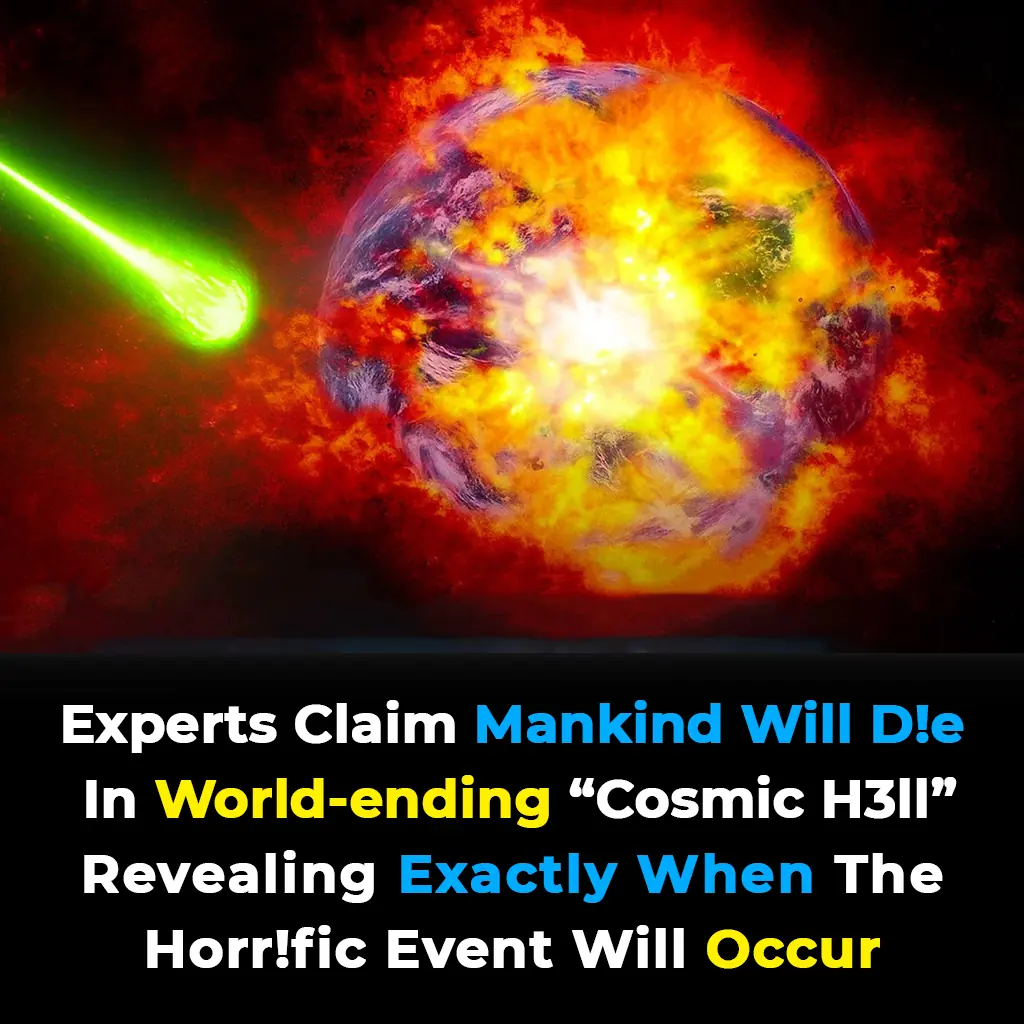
Experts Warn of Imminent 'Cosmic Hell' That Could Wipe Out Mankind, Exact Time Revealed
Though the ending is billions of years away, the emerging evidence is shifting scientific consensus on cosmic fate. Understanding dark energy—the force shaping expansion—is one of the greatest unsolved mysteries in physics.
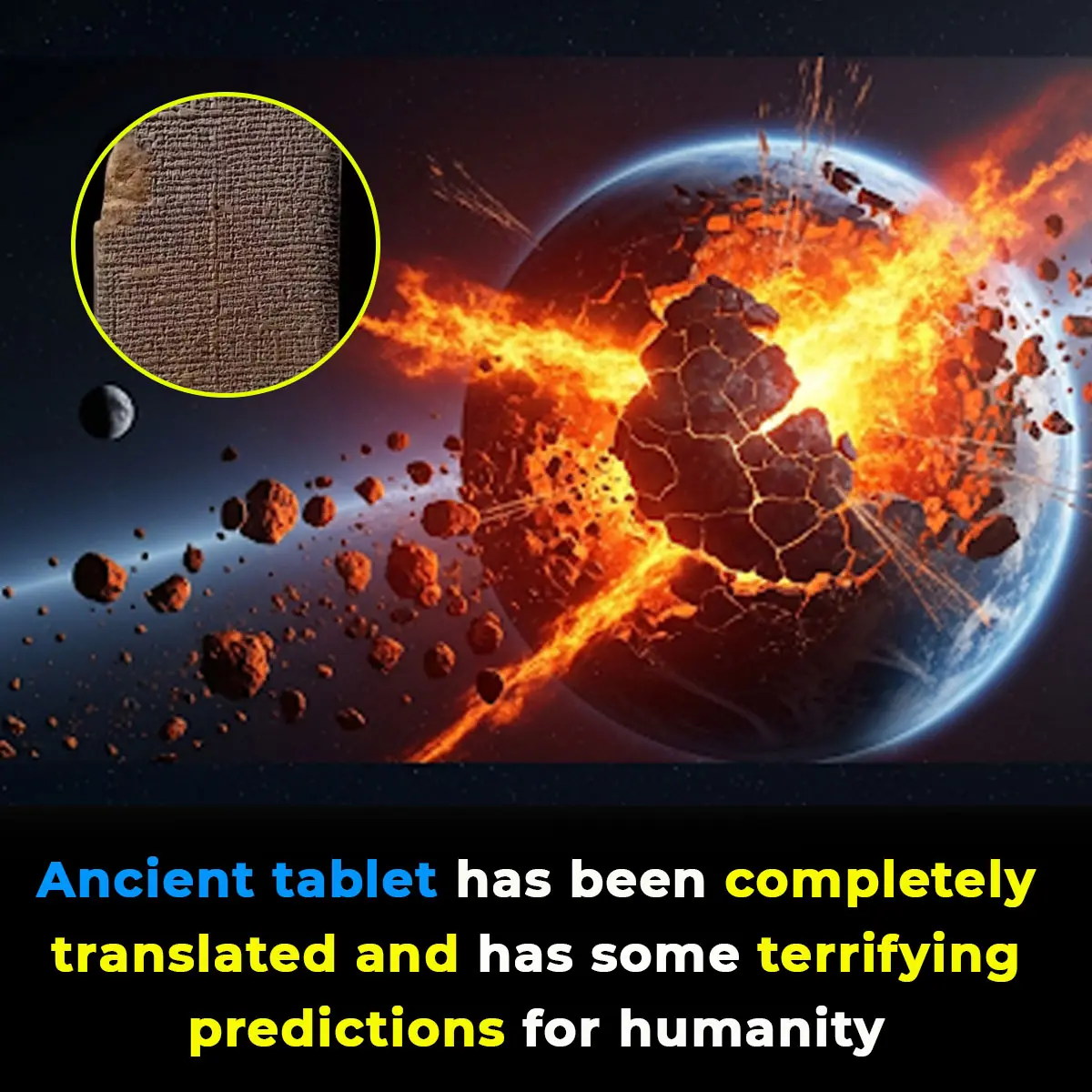
Ancient tablet has been completely translated and has some terrifying predictions for humanity
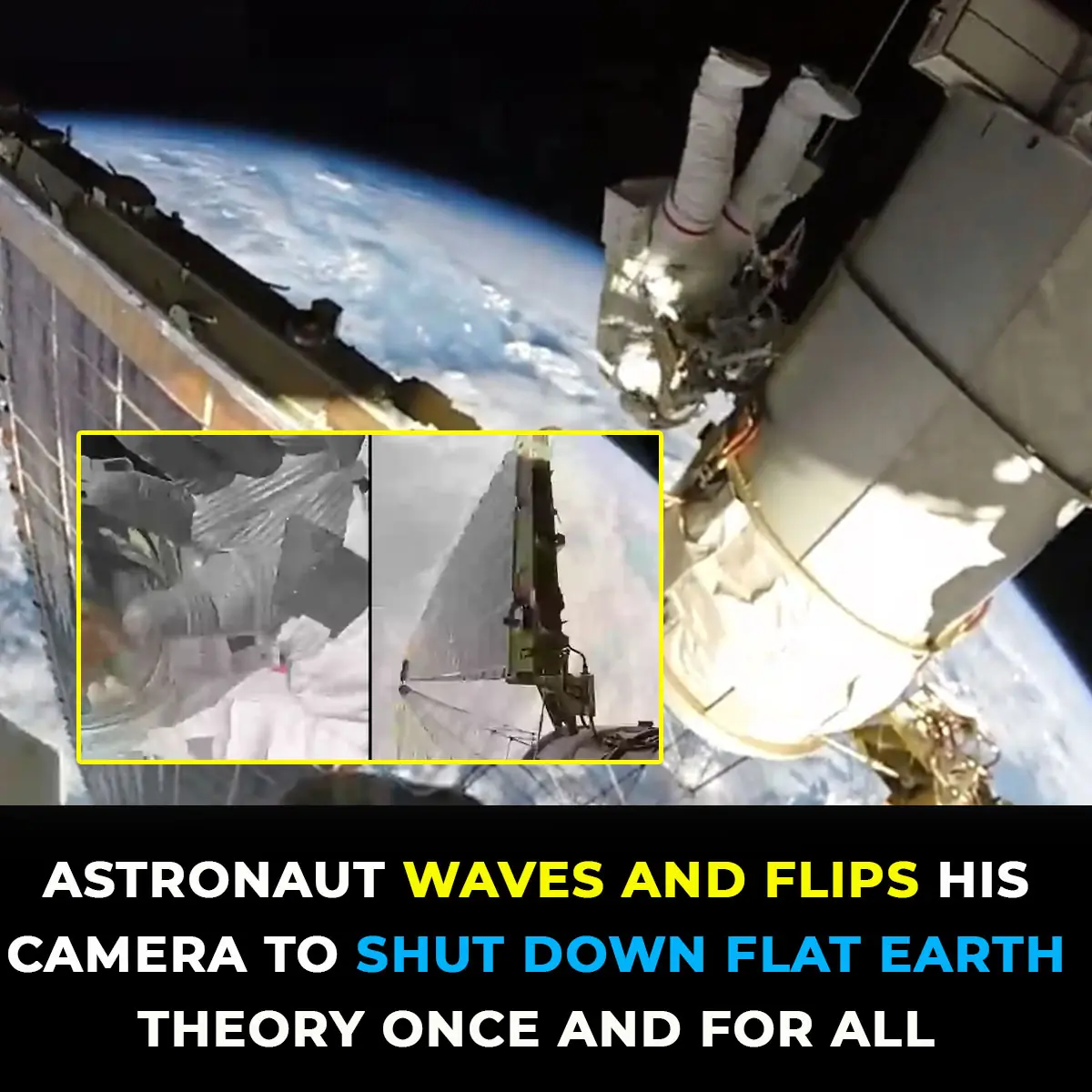
Astronaut Waves And Turns His Camera To Disprove The Flat Earth Theory For Good

Your iPhone’s Volume Buttons Are Loaded with Hidden Features
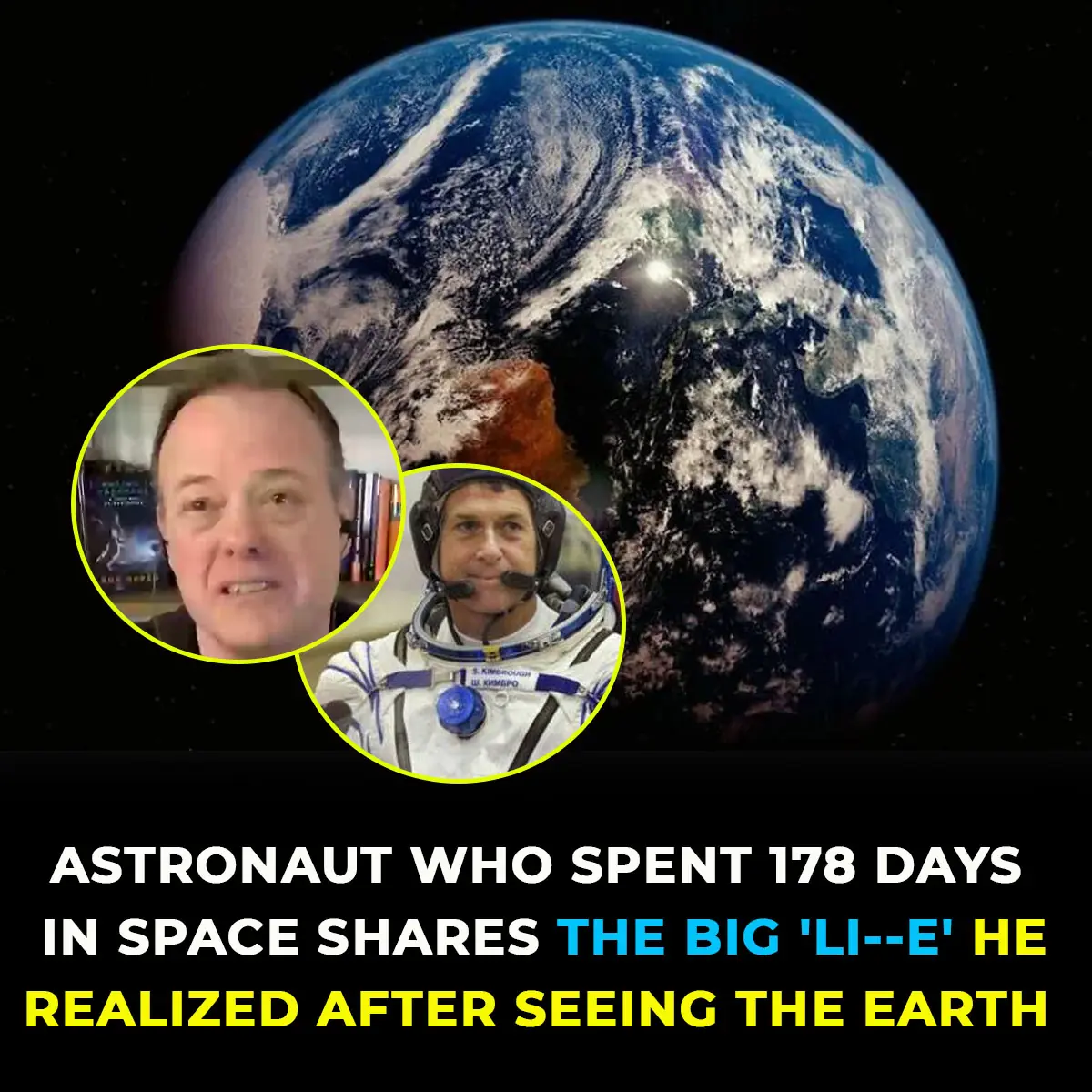
Astronaut shares the profound ‘big lie’ he realized after seeing the Earth from space

Some people are only now realizing what the “WC” sign stands for on washrooms
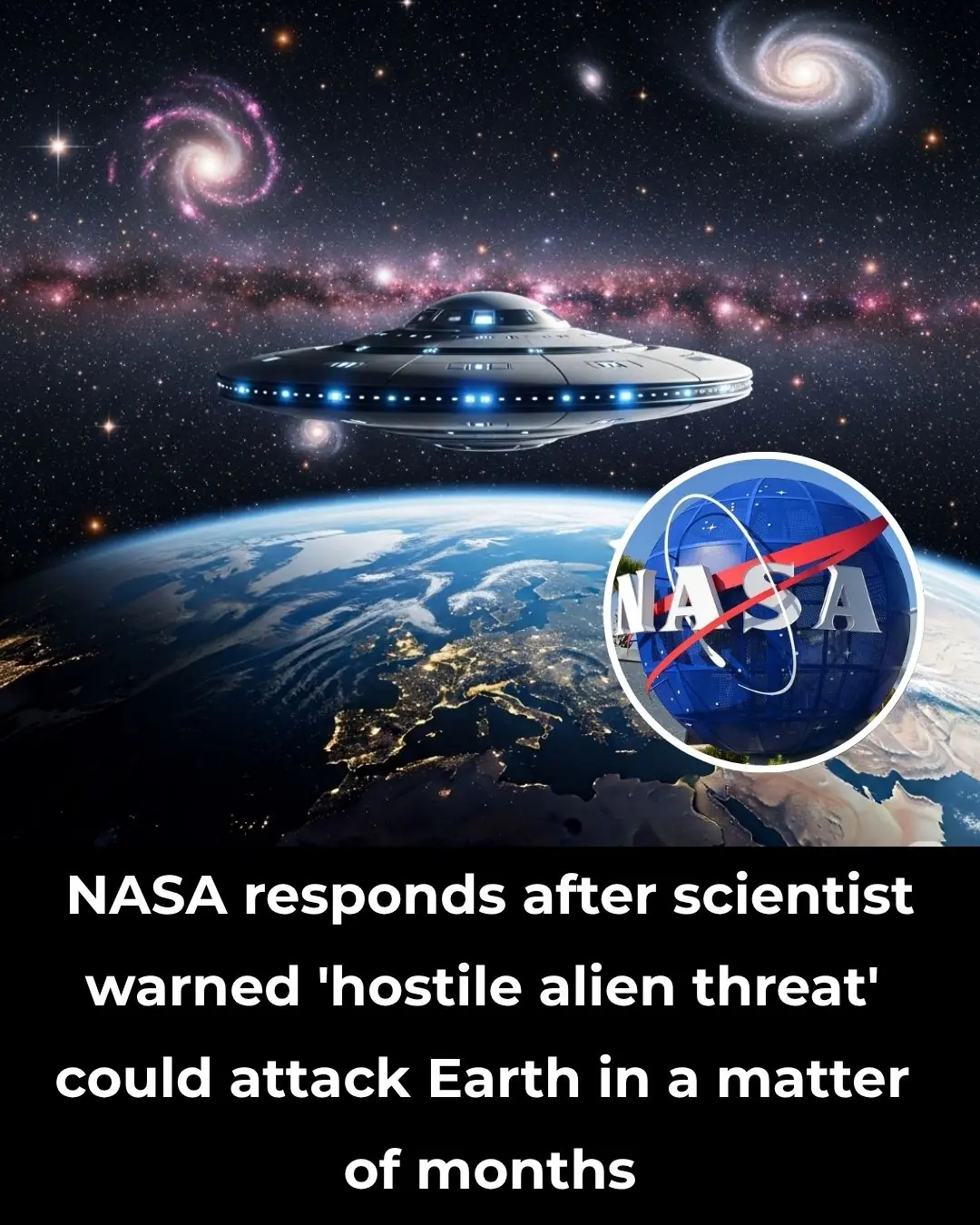
NASA responds after scientist warned 'hostile alien threat' could attack Earth in just months

TerrIfying Study Links Everyday Household Chemical to Over 350,000 De@ths Worldwide
Experts urge immediate global action after new data uncovers staggering cardiovascular risks tied to everyday plastic-softening chemical.

How Often Should Men Ej@culate Each Month? Sh0cking Harvard Study Reveals a Powerful Link to Pr0state Health
It’s not often that something enjoyable turns out to be good for your health - but in this case, it just might be.
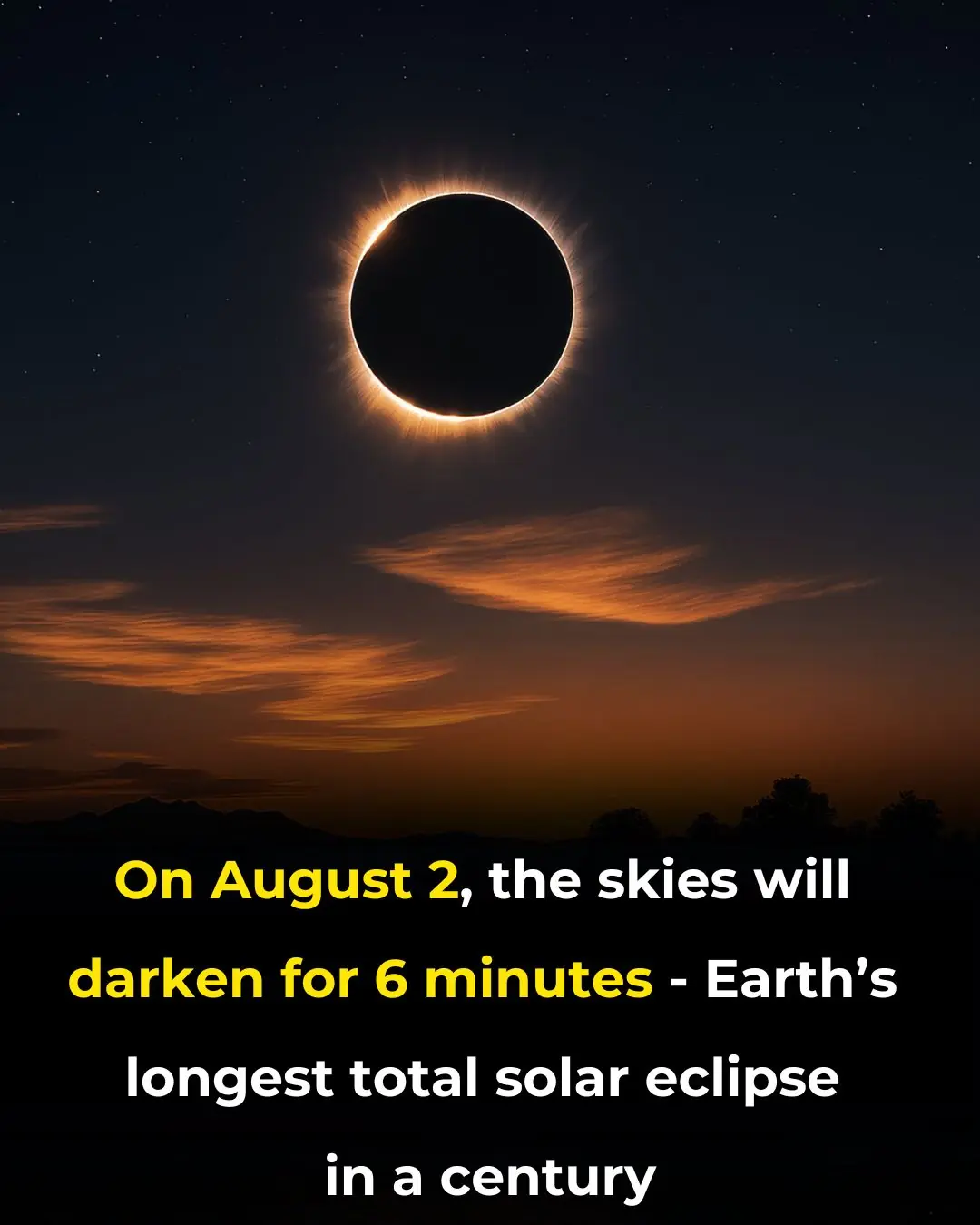
On August 2, The Skies Will Darken for 6 minutes-Earth’s Longest Total Solar Eclipses In A Century Is coming in 2027!
News Post

Japanese “Baba Vanga” Meme Resurfaces After July 2025 Tsunami Triggers Alerts

Top Signs of Iron Deficiency and How To Increase Iron Levels In Your Blood

Doctors Suspected Baby Had Mouth Tumor—The Shocking Truth Left Them Speechless

Why Some People Never Break A Bone—3 Wild Theories Explained

JAW DROPPING SIMULATION SHOWS WHAT HAPPENS TO YOUR BODY WHILE FASTING FOR 36 HOURS TO ACHIEVE 'FULL RESET'

Why you should always put a coin in the freezer before you leave home

6 Health Benefits of Sleeping In a Cold Room and How to Make it Cooler- And Why You May Not Want to Use a Fan

Dentists Explain What Those Black Triangles Are Between Your Teeth

Heroic Teen Malaya Grace, 17, Dies After Saving Siblings from Drowning in Texas Floods

Silent Walking’ Is The Latest Trend Gen Z Are Obsessed With

Why You Should Never Ever K--ill A House Centipede If You Find One Inside Of Your Home

‘Granny Pods’ Let Aging Parents Stay Close by in Your Backyard

Airport baggage handler issues warning to anyone who ties a ribbon on their suitcase

This optical illusion may help identify autistic traits in seconds

Man Folded In Half Stands Straight After 28 Years

What Does it Symbolize When a Person Who Passed Away Shows up in Your Dream?

Mary Ann Bevan: The Tragic Story of the ‘World’s Ugliest Woman’

Pressure Points in Your Feet: Use This Foot Massage Chart for Pain Relief

8 Ways To Get Rid Of Phlegm And Mucus In Chest And Throat
